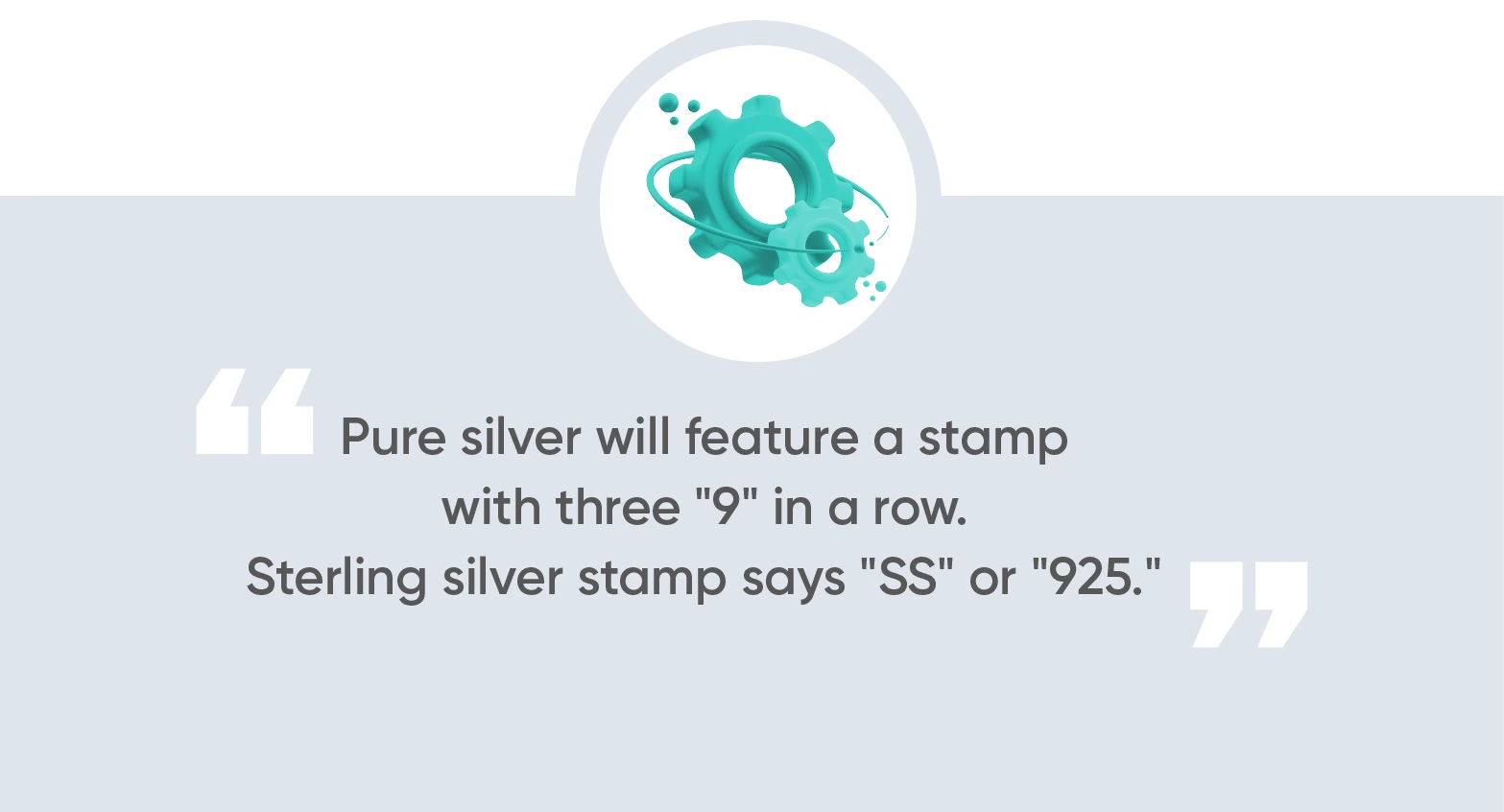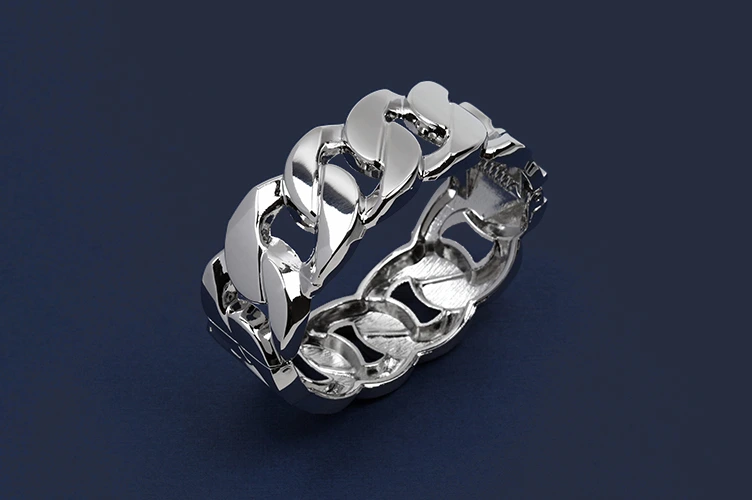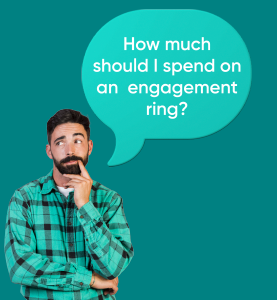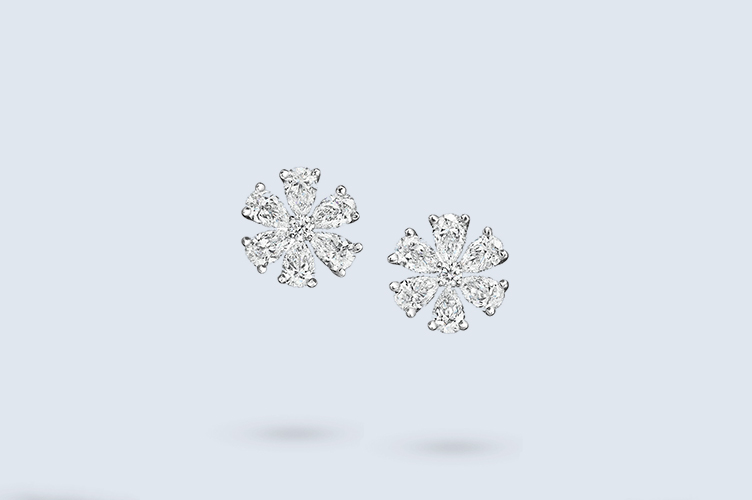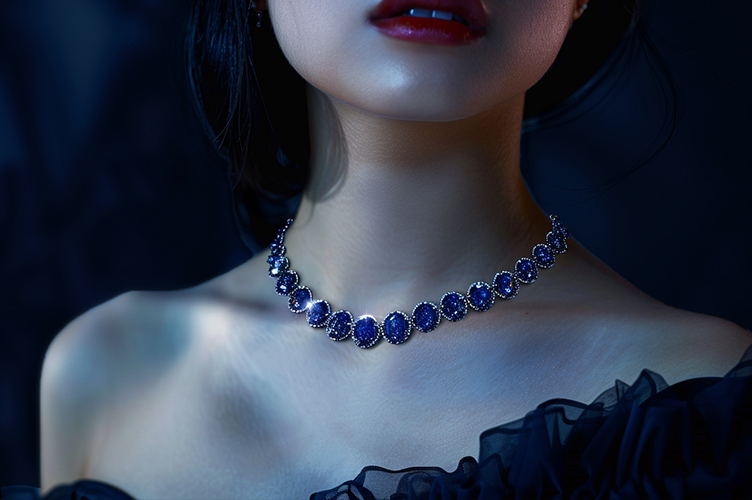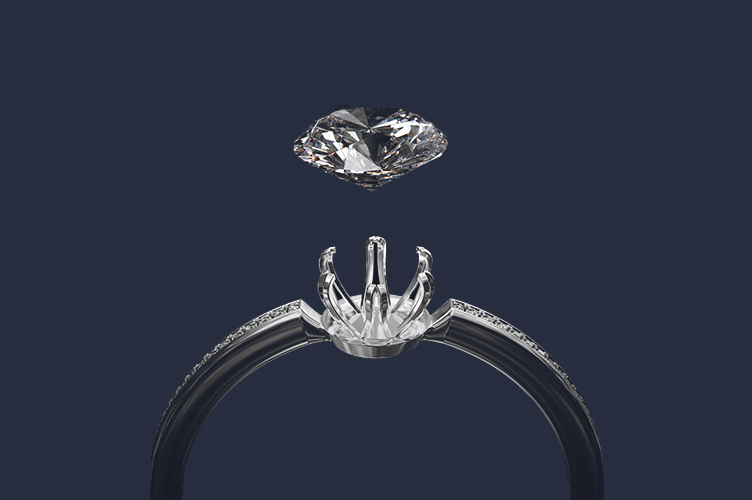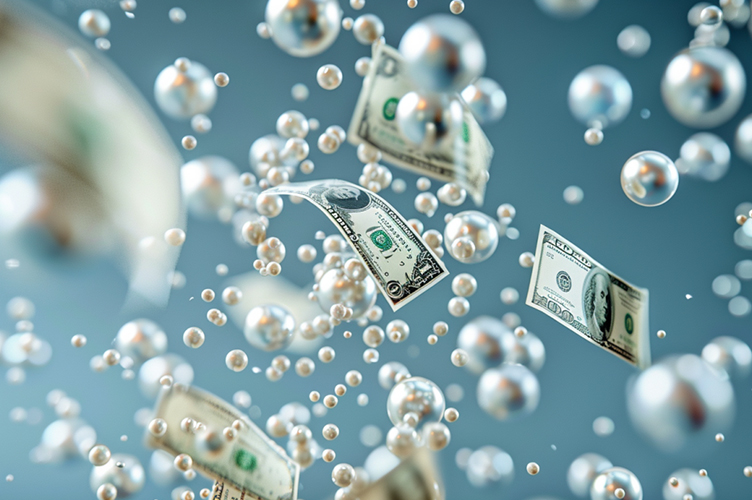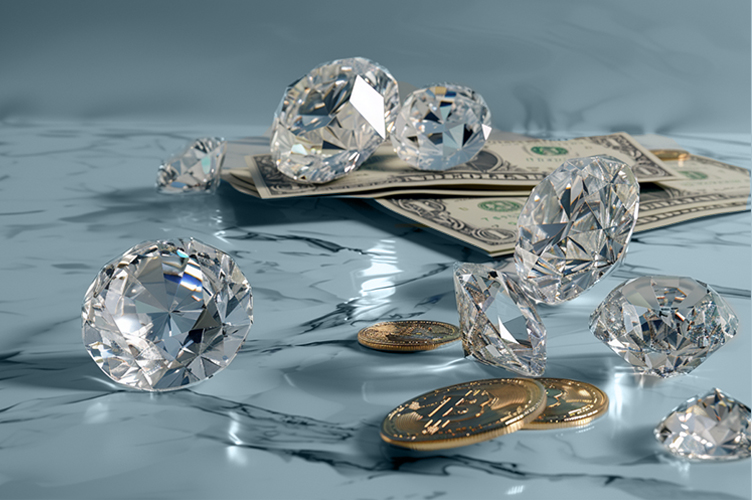Sterling Silver vs Silver: Here are the Key Differences Between Pure and Sterling Silver
As you shop for your next great piece of jewelry, you may know that you prefer silver jewelry to gold or diamonds to rubies. Still, did you know that, just like there are myriad types of diamonds, there are also various types of silver?
You’ll often see jewelry described as being made from either silver or sterling silver. These are not the same thing, and knowing the difference between sterling silver vs silver is vital to ensure you’re buying what you think you’re buying and paying a fair price.
What You Will Learn
What is Real Silver?
When silver is in its most basic, pure, precious metal state, it’s just called “real silver” (though it might also go by “pure silver” or “fine silver”).
However, this real silver isn’t 100% silver despite its name. Instead, it’s just 99.9% silver — with other metals making up the remaining mass.
Real silver comes with a few key benefits but also a few downsides. Some benefits are it’s:
- Hypoallergenic
- Resistant to tarnishing
- Worth more than sterling silver
But real silver is also highly fragile.
Jewelry makers (or manufacturers of other silver-based products) often combine pure silver with other precious metals to strengthen pure silver.
What is Pure Sterling Silver?
When those jewelry makers or other manufacturers combine pure silver with other precious metals, they’ll sometimes make what’s known as pure sterling silver.
While pure silver is 99.9% silver and 0.1% something else, pure sterling silver jewelry also consists of a sterling silver alloy that’s just 92.5% silver. The “something else” in sterling silver jewelry ranges but usually combines a few other precious metals.
Note that these purity criteria (99.9% for real silver vs 92.5% for sterling silver) only apply to jewelry made in the United States. Mainly, sterling silver jewelry in other countries typically consists of less pure sterling silver than what you might find in the States.
With all of the information above, is sterling silver real? Luckily for your budget, most jewelers consider sterling silver real silver, even if it’s not technically as “real” as fine or pure silver.
Sterling silver pieces are more affordable than pure silver jewelry. Still, they can also tarnish quickly, even if they are stronger and more durable than pieces made from pure silver alone.
How Do I Know if I’m Buying Sterling Silver vs Silver?
What is the easiest way to know if you’re buying sterling silver vs silver and vice versa? Look for the stamp.
Pure silver will feature a stamp of three “9”, all in a row.
Meanwhile, the sterling silver stamp says “SS” or “925”.
Can’t find the stamp? Look for it on the inside of your rings or the clasps of necklaces or bracelets.
Unfortunately, not all silver jewelry will feature these stamps, mainly if the jewelry originates from outside the United States. Suppose you can’t find any jewelry stamping on what you think is some sort of silver jewelry. In that case, consider taking it to a professional jeweler for further inspection.
Can Other Precious Metals Look Like Pure Silver?
If you like the look of pure silver but find it too delicate or even too pricey for your preferences. Alternatively, if you don’t like sterling silver jewelry tarnishing tendencies, there are other options.
White gold, for example, is a gold and alloy combination that creates a silver-like hue.
However, gold is more expensive than silver, so if you want to go the ultra-affordable route, you might specifically look for nickel silver or German silver. Do note that these options aren’t preferable to most jewelry buyers, though, since nickel can cause skin allergies, and neither nickel silver nor German silver contains high amounts of real silver.
Of course, there are even other types of silver that you might not find at the jewelry store. Coin silver, for example, is used to make coins, just as it sounds, and is typically made up of 90% silver and 10% copper. Similarly, Britannia silver is just over 95% silver; the other 5% of the material is typically copper and is likewise often used for making silver coins.
What Should I Buy?
Both pure and sterling silver items have their pros and their cons. So which should you shop for?
Go for sterling silver items if you:
- Prefer to shop on a budget
- Want more options (as you’ll find more sterling silver jewelry on the market than pure silver jewelry)
- Don’t mind a bit of tarnish and the care necessary to prevent/remove it
To prevent sterling silver alloy jewelry from tarnishing, wear it often, occasionally clean it with a soft cloth, and keep it away from potentially harmful substances such as beauty products or household cleaners.
Go for pure silver if you:
- Want an exclusive, rare piece of jewelry
- Don’t mind caring for pure silver in a way that accounts for its fragility
- Have skin allergies or other problems that demand you use hypoallergenic jewelry
- Aren’t shopping for a piece with a gemstone setting (the fragility of pure silver makes it less than ideal for gemstones)
Caring for pure silver appropriately means not over-wearing and protecting your pure silver pieces from bumps, scrapes, and other wear and tear.
Protect Your Silver — No Matter Which Type You Buy
While sterling silver jewelry may not be as expensive as pure silver, if you go this route and purchase a sterling silver piece, you’ll want to protect it just as you would a pure silver piece. After all, more affordable or not, it’s still an investment.
Find out what your silver jewelry is worth via an online jewelry appraisal evaluation. Then, pick the right BriteCo jewelry insurance option for your needs.
Also Check:
Can Sterling Silver Get Wet? | BriteCo Jewelry Insurance
White Gold vs. Silver: Everything You Need to Know
Moissanite vs Diamond vs Lab: How to Choose?
What Do the Diamond Symbols Stamped on Jewelry Mean?
Jewelry Stamps and What They Mean | BriteCo Jewelry Insurance




